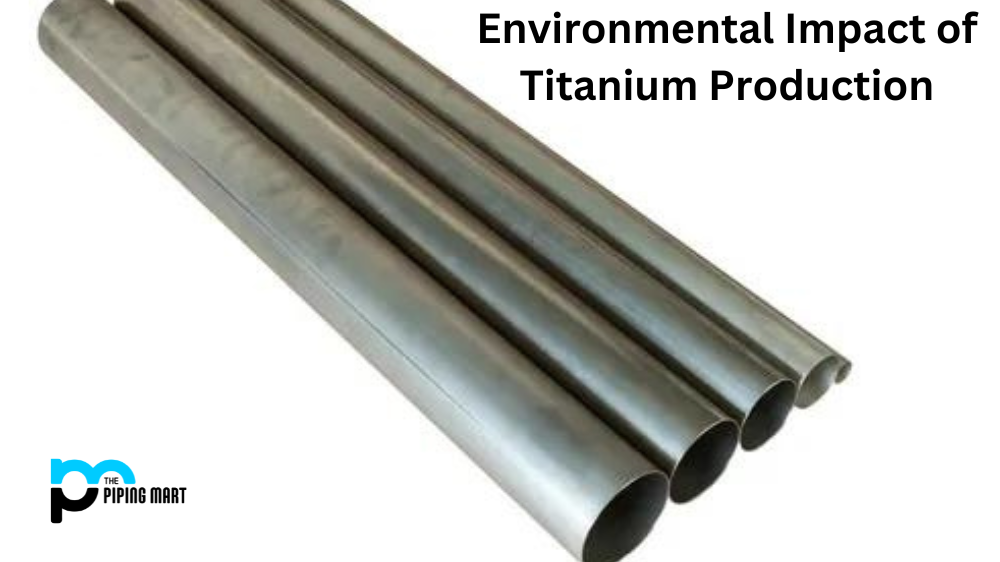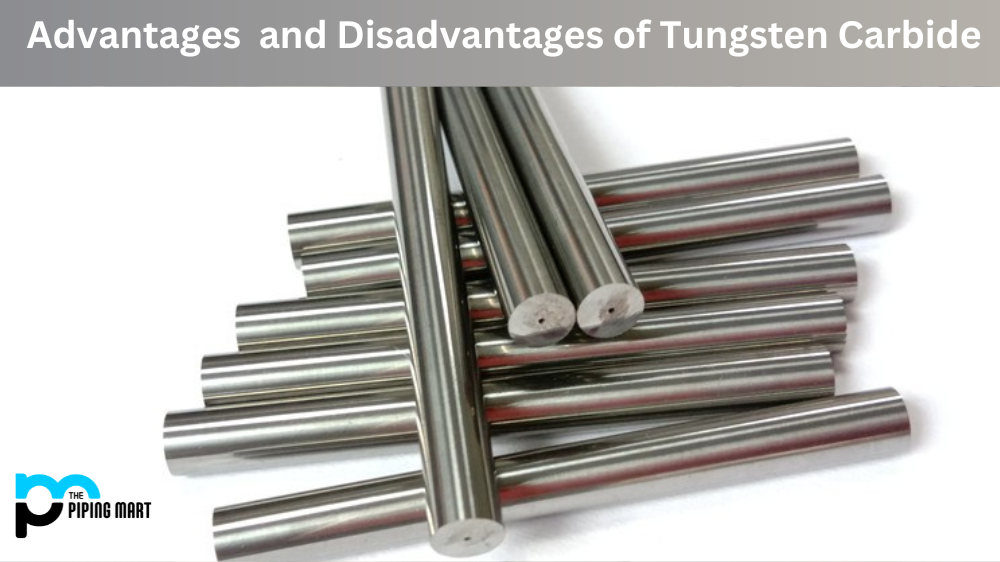Titanium is known for its strength, durability, and resistance to corrosion, and it has become a popular choice for various industries, including aerospace, medical, and automotive. However, the environmental impact of its production must be addressed. In this blog post, we will discuss everything you need to know about the ecological effects of titanium production and how it affects our ecosystem.
The extraction of titanium from its ores involves a process called “chlorination” that uses chlorine gas, a dangerous and toxic gas that can cause significant environmental damage. Furthermore, the production of titanium results in the emission of various substances into the air, including nitrogen oxides, carbon monoxide, and sulfur dioxide, which are greenhouse gases that contribute to climate change and air pollution.
Another significant environmental impact of titanium production is its hazardous waste disposal. A substantial amount of waste, such as solids and chemical byproducts, is generated during production. These wastes contain toxic substances, including arsenic, lead, and mercury, which can contaminate the soil and water sources. Improper disposal of these hazardous wastes can significantly harm our ecosystem by affecting wildlife, plants, and human health.
Moreover, titanium production requires significant amounts of water, making it a highly water-intensive industry. The titanium production process uses seawater to cool equipment. It rinses out residues and impurities, leading to contaminated water discharge and water scarcity, mainly in coastal regions where the production occurs.
Titanium mines can also contribute to deforestation and habitat loss, significantly where virgin forests are cleared for mining sites. Furthermore, mining activities can result in soil erosion, sedimentation, and water quality degradation, leading to biodiversity loss and ecological imbalance.
Conclusion
The environmental impact of titanium production requires significant attention from policymakers, producers, and consumers. Reduction of greenhouse gas emissions, hazardous waste management, water conservation, and responsible land use practices should be the top priorities when extracting, producing, and using titanium. As consumers, we can avoid buying products made from titanium or seek alternatives with less harmful environmental impacts. As a society, we must shift towards sustainable business practices prioritizing our planet’s health over profits. By taking these steps, we can ensure that the production of titanium does not come at the cost of our environment and biodiversity.
Sakshee is a talented blogger, with a particular focus on the Business and Metal Industry. She is passionate about sharing her insights on various metal products and helping professionals to make a better decisions.




